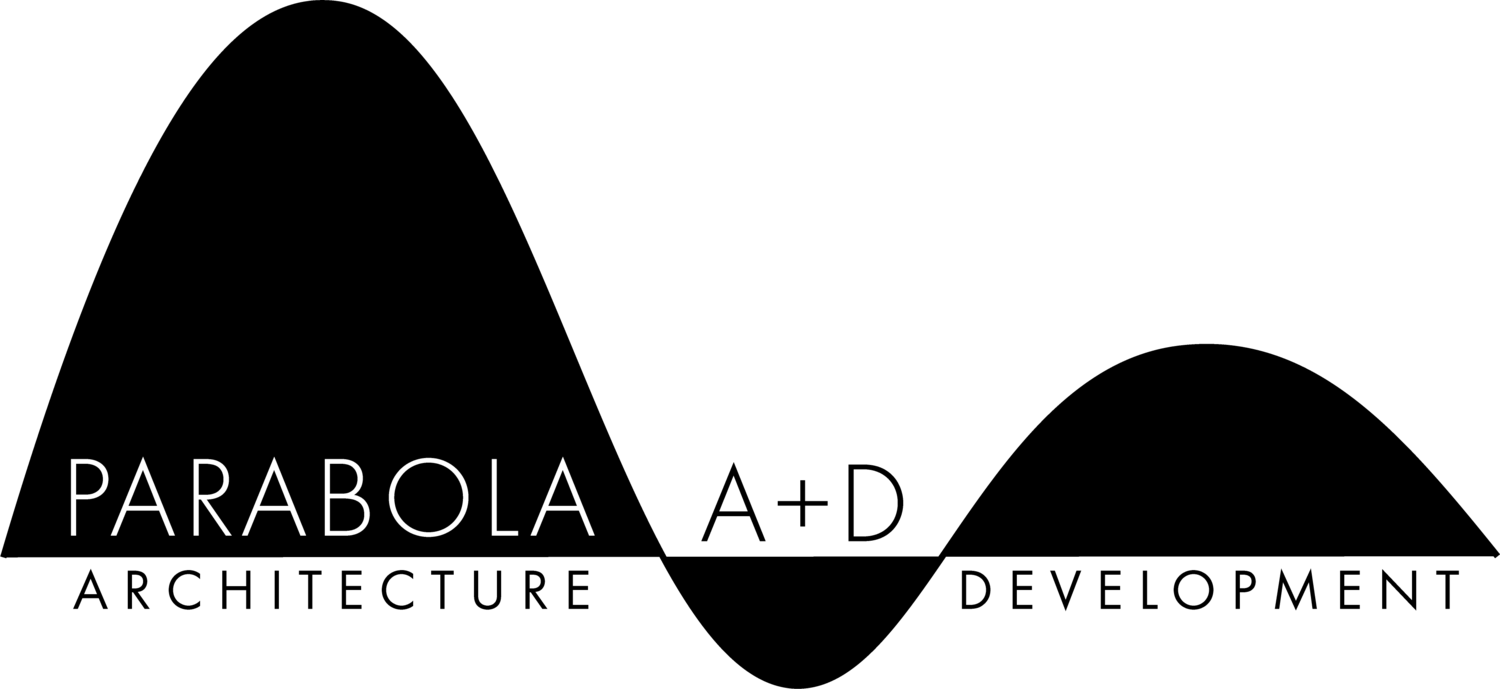The Connection Between Architecture & Neuroscience
“Architecture and Neuroscience (how the brain works) are deeply interconnected and impacts the changing role of the architect. Understanding and infusing neuroscience principles into the design process provides a skillset to work more effectively with our clients to exceed their highest aspirations.”
We coach clients to learn exceptional creative problem-solving strategies and skills, while working-through our Spiral Design Process…
By expanding and integrating neuroscience principles into the Spiral Design Process, we lead clients through an extraordinary, life-changing experience.
Forward-Thinking Architecture Requires Courage To Expand Beyond Comfort Zones
Our objective is to provide each client with design solutions that reflect our capacity. Creating forward-thinking architecture is the result of research, experimentation, analysis, discovery, and an exceptional client and design team. The creative spirit requires freedom and courage to depart from comfort zones, to soar into the realm of possibility. Creative design infuses imagination with critical analysis, and this processing power requires full capacity of the conscious and unconscious mind (whole brain thinking). The creative design process is a combination of parallel and sequential experimentation, intuitive insights, and accurate critical judgement.
Why Do Some Clients Resist Change, Settle For Less, And Remain In Comfort Zones?
We discovered the answer to this question through the field of Neuroscience. According to Eric Langshur and Nate Klemp, PhD, in their book: Start Here, comfort zones are derived from the following three set point forces:
Judgment - Our brain’s tendency to quickly divide the inner and outer world into categories—good/bad, right/wrong, like/dislike. Judgment helps us make sense of the world. Judgment occurs from the left hemisphere of the brain.
Attachment - Our brain’s tendency to approach or cling to pleasurable thoughts, beliefs, or sensations. When we judge something to be good, attachments naturally occur. Like judgment, attachment corresponds to a unique pattern of activation of the left prefrontal region of the brain. The challenge is that behind every attachment is a desire for some permanence—a feeling of hope, or comfort in the future that could last forever. This is the root of the problem - we are attached to permanence, while we live in a world of constant change. Attachment is a positive emotion that draws us toward the familiar. We naturally choose to preserve what we desire.
Resistance - The mind’s natural ability is to fight or flee from painful sensations, experiences, or situations. Resistance is the opposite of attachment. When we resist, we pull away: We fight or flee from new experiences we judge to be bad. The tendency within each of us to resist is normal. When we are presented with ideas that we are not accustomed to, we tend to resist, or allow negative thought patterns to spiral out of control. What happens in the brain when we resist? According to Klemp, the pattern of activation in the brain shifts from the left to the right frontal region of the brain—the region associated with fear and avoidance.
Mindset of Resistance to Mindset Of Possibility
Ongoing research by Srini Pillay, MD, psychiatrist, neuroscientist, and leading brain researcher at Harvard Medical School, has identified how our thoughts and beliefs affect specific areas of the brain. The Amygdala is now widely recognized as the fear and anxiety center of the brain. As human beings, we are designed to live within comfort zones. Attempting to expand beyond our comfort zone, engages the Amygdala. When the Amygdala is activated, the Prefrontal Cortex (thinking brain) is disengaged. The latest research reveals that we experience 60,000 to 80,000 thoughts per day. Repeated negative thought patterns (worry and fear) tend to increase stress, develop a negative mindset, and inhibit activation of creative problem-solving areas of the brain, to overcome our most challenging obstacles.
In Tinker Dabble Doodle Try, Dr. Pillay reveals how focusing too intensely towards a goal becomes counterproductive. Creating a healthy cognitive rhythm ( focus and unfocus time), allows the brain to process information and recover. In fact, Dr. Pillay’s research indicates that a focused, conscious brain processes information at 60 bits per second at best, while the unconscious brain processes information at approximately 11 million bits per second. Dr. Pillay has coined the term of developing a “mindset of possibility.”
Frontal Lobe & Frontopolar Cortex - enhances innovation
Amygdala - fear center of the brain
“Unfocusing reduces amygdala activation and creates calmness. It activates the frontopolar cortex and enhances innovation. It increases anterior insula activity and strengthens a sense of self. It limits the grip of the part of the brain called the precuneus, the “observing ego” that makes us self-conscious. (This, essentially, is the getting-out-of-your-own-way).”
Our Creative Design Process…
How our design process evolved out of the connection between architecture and neuroscience




